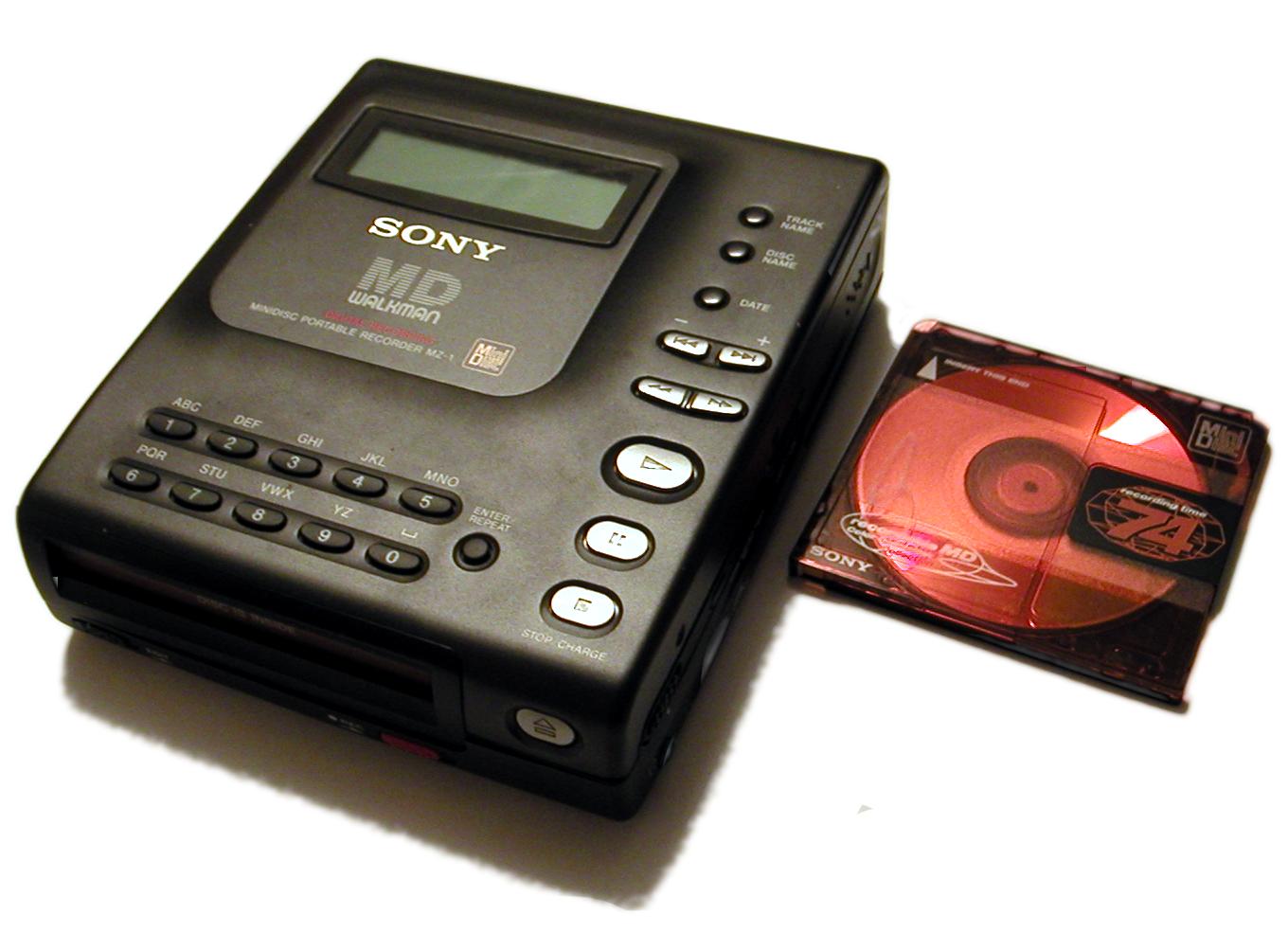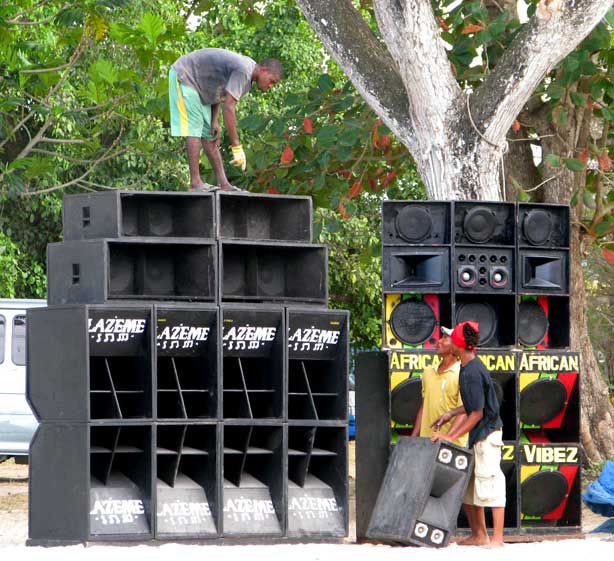|
Sony Vaio MX Series
The Sony Vaio MX series was a series of multimedia-rich desktop PCs part of Sony's Vaio line, first launched in 2000. Sony combined a desktop PC with high-end Hi-Fi features for an entertainment system. The MX series PCs had a built-in FM radio, MiniDisc player, and an LCD. It also came with a strong bass Bass or Basses may refer to: Fish * Bass (fish), various saltwater and freshwater species Wood * Bass or basswood, the wood of the tilia americana tree Music * Bass (sound), describing low-frequency sound or one of several instruments in th ... amplifier speakers and a remote control. MX {{Compu-stub ... [...More Info...] [...Related Items...] OR: [Wikipedia] [Google] [Baidu] |
Vaio
is a Japanese personal computer manufacturer headquartered in Azumino, Nagano, Azumino, Nagano Prefecture. It is owned by Nojima Corporation. Vaio began as a brand of Sony, introduced in 1996, until it offloaded it into an independent company in 2014, with Japan Industrial Partners (JIP) purchasing the Vaio business while Sony maintained a minority stake. Sony still holds the intellectual property rights for the VAIO brand and logo. JIP sold Vaio Corporation to Japanese retailer Nojima in 2025. Etymology Originally an acronym of Video Audio Input Output, later amended to Video Audio Integrated Operation, and later to Visual Audio Intelligent Organizer in 2008 to celebrate the brand's 10th anniversary. The logo, along with the first of the VAIO computers, were designed by Teiyu Goto, supervisor of product design from the Sony Creative Center in Tokyo. He incorporated many meanings into the logo and acronym: the pronunciation in both English (VAIO) and Japanese () is similar to ... [...More Info...] [...Related Items...] OR: [Wikipedia] [Google] [Baidu] |
Sony
is a Japanese multinational conglomerate (company), conglomerate headquartered at Sony City in Minato, Tokyo, Japan. The Sony Group encompasses various businesses, including Sony Corporation (electronics), Sony Semiconductor Solutions (imaging and sensing), Sony Entertainment (including Sony Pictures and Sony Music Group), Sony Interactive Entertainment (video games), Sony Financial Group, and others. Sony was founded in 1946 as by Masaru Ibuka and Akio Morita. In 1958, the company adopted the name Initially an electronics firm, it gained early recognition for products such as the TR-55 transistor radio and the CV-2000 home video tape recorder, contributing significantly to Japan's Japanese economic miracle, post-war economic recovery. After Ibuka's retirement in the 1970s, Morita served as chairman until 1994, overseeing Sony's rise as a global brand recognized for innovation in consumer electronics. Landmark products included the Trinitron color television, the Walkma ... [...More Info...] [...Related Items...] OR: [Wikipedia] [Google] [Baidu] |
Hi-Fi
High fidelity (hi-fi or, rarely, HiFi) is the high-quality reproduction of sound. It is popular with audiophiles and home audio enthusiasts. Ideally, high-fidelity equipment has inaudible noise and distortion, and a flat (neutral, uncolored) frequency response within the human hearing range. High fidelity contrasts with the lower-quality " lo-fi" sound produced by inexpensive audio equipment, AM radio, or the inferior quality of sound reproduction that can be heard in recordings made until the late 1940s. History Bell Laboratories began experimenting with various recording techniques in the early 1930s. Performances by Leopold Stokowski and the Philadelphia Orchestra were recorded in 1931 and 1932 using telephone lines between the Academy of Music in Philadelphia and the Bell labs in New Jersey. Some multitrack recordings were made on optical sound film, which led to new advances used primarily by MGM (as early as 1937) and Twentieth Century Fox Film Corporation (as ... [...More Info...] [...Related Items...] OR: [Wikipedia] [Google] [Baidu] |
FM Radio
FM broadcasting is a method of radio broadcasting that uses frequency modulation (FM) of the radio broadcast carrier wave. Invented in 1933 by American engineer Edwin Armstrong, wide-band FM is used worldwide to transmit high fidelity, high-fidelity sound over broadcast radio. FM broadcasting offers higher fidelity—more accurate reproduction of the original program sound—than other broadcasting techniques, such as AM broadcasting. It is also less susceptible to Electromagnetic interference, common forms of interference, having less static and popping sounds than are often heard on AM. Therefore, FM is used for most broadcasts of music and general audio (in the audio spectrum). FM radio stations use the very high frequency range of radio frequency, radio frequencies. Broadcast bands Throughout the world, the FM broadcast band falls within the VHF part of the radio spectrum. Usually 87.5 to 108.0 MHz is used, or some portion of it, with few exceptions: * In the Commo ... [...More Info...] [...Related Items...] OR: [Wikipedia] [Google] [Baidu] |
MiniDisc
MiniDisc (MD) is an erasable magneto-optical disc-based data storage format offering a capacity of 60, 74, or 80 minutes of digitized audio. Sony announced the MiniDisc in September 1992 and released it in November of that year for sale in Japan and in December in Europe, North America, and other countries. The music format was based on ATRAC audio data compression, Sony's own proprietary compression code. Its successor, Hi-MD, would later introduce the option of linear PCM digital recording to meet audio quality comparable to that of a compact disc. MiniDiscs were very popular in Japan and found moderate success in Europe. Although it was designed to succeed the cassette tape, it did not manage to supplant it globally. By March 2011, Sony had sold 22 million MD players, but discontinued further development. Sony ceased manufacturing and sold the last of the players by March 2013. On January 23, 2025, Sony announced they would end the production of recordable MD media ... [...More Info...] [...Related Items...] OR: [Wikipedia] [Google] [Baidu] |
Bass (sound)
Bass ( ) (also called bottom end) describes tones of low (also called "deep") frequency, pitch and range from 16 to 250 Hz (C0 to middle C4) and bass instruments that produce tones in the low-pitched range C2-C4. They belong to different families of instruments and can cover a wide range of musical roles. Since producing low pitches usually requires a long air column or string, and for stringed instruments, a large hollow body, the string and wind bass instruments are usually the largest instruments in their families or instrument classes. Musical role When bass notes are played in a musical ensemble such an orchestra, they are frequently used to provide a counterpoint or counter-melody, in a harmonic context either to outline or juxtapose the progression of the chords, or with percussion to underline the rhythm. Rhythm section In popular music, the bass part, which is called the "bassline", typically provides harmonic and rhythmic support to the band. The bass playe ... [...More Info...] [...Related Items...] OR: [Wikipedia] [Google] [Baidu] |




